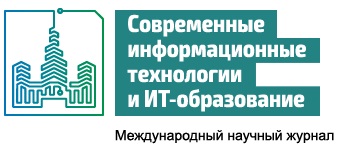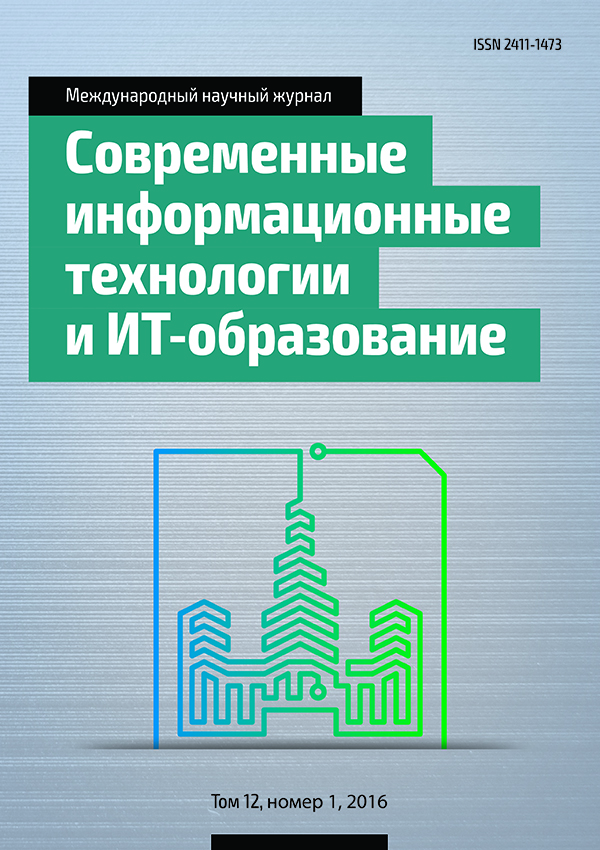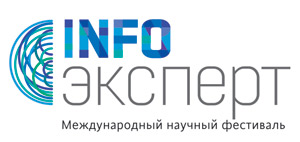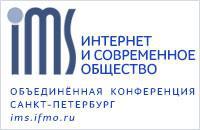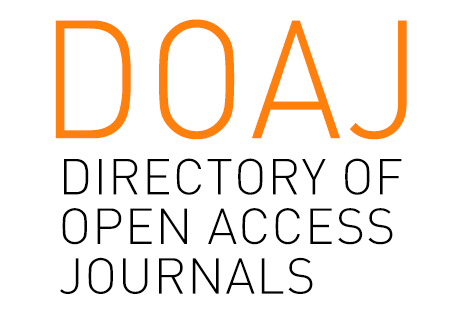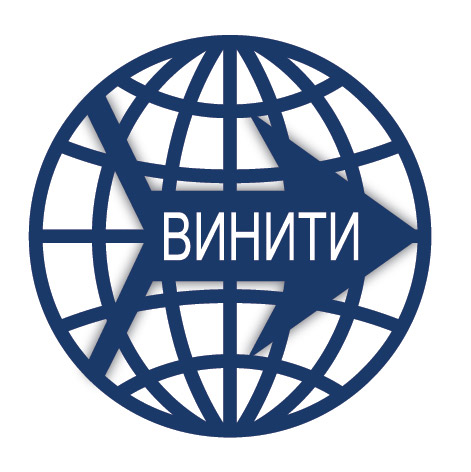МОДЕЛЬ ГЕТЕРОГЕННОЙ СЕТИ ДЛЯ СИМУЛЯЦИИ НЕЙРОДИНАМИЧЕСКИХ ЗАДАЧ
Аннотация
Для симуляции нейродинамических задач предложен подход, основанный на функционально-структурной модели гетерогенной сети, состоящей из информационной и управляющей подсетей, и её объектно-ориентированной программной реализации. Для каждой из подсетей описаны активные структурные элементы, а также способ их объединения в общую гетерогенную многосвязную сеть. Определены основные функции активных структурных элементов такой сети. Представлено краткое описание архитектуры программного комплекса, предназначенного для работы на кластерах универсальных и/или графических процессоров. Выполнена апробация разработанной модели на основе решения ряда известных нейродинамических задач высокой размерности.
Литература
2. Nicol J. R., Wilkes C. T., Manola F. A. Object orientation in heterogeneous distributed computing systems // Computer. 2002. V. 26, I. 6. P. 29–31.
3. Binkert N.L., Hallnor E.G., Reinhardt S.K. Network-Oriented Full-System Simulation using M5 // Sixth Workshop on Computer Architecture Evaluation using Commercial Workloads (CAECW), New York. ACM SIGARCH Computer Architecture News. 2003.
4. Hall J.D., Hart J.C. GPU acceleration of iterative clustering // Proc. SIGGRAPH. 2004. – 13p.
5. Ohmer J., Maire F., Brown R. Implementation of kernel methods on the GPU // Proc. DICTA. 2005, Cairns, Australia, 2005. – 8 p.
6. Bahrampour S., et all. Comparative study of Caffe, Neon, Theano, and torch for deep learning // Workshop track – ICLR. 2016. P. 1–11.
7. Kalman R. E. Mathematical description of linear dynamical systems // J. Soc. Indus. Appl. Math. 1963. Ser. A 1. P. 152–192.
8. Gao X.-D. et al. Control efficacy of complex networks // Sci. Rep. 2016. V 6, Article number: 28037.
9. Yang-Yu L., Jean-Jacques S., Barabasi A.-L. Controllability of complex networks // Nature. 2011. Vol 473. P. 167–173.
10. Gao J., Barzel B., Barabasi A.-L. Universal resilience patterns in complex networks // Nature. 2016. Vol 530. P. 307–312.
11. Pu C.-L., Pei W.-J., Michaelsond A. Robustness analysis of network controllability // Physica. 2012. A 391. P. 4420–4425.
12. Nepusz T., Vicsek T. Controlling edge dynamics in complex networks // Nature Physics. 2012. V 8. P. 568–573.
13. Slotine J.-J., Liu Y.-Y. The missing link // Nature Physics. 2012. V 9. P. 1–2.
14. Poznyak A.S., Sancbez E.N., Yu W. Differential Neural Networks for Robust Nonlinear Control. Identification, State Estimation and Trajectory Tracking. – Singapore. World Scientific publishing. 2001. – 422 p.
15. Ghanim U., et all. Anti-phase calcium oscillations in astrocytes via inositol (1, 4, 5)-trisphosphate regeneration // Cell Calcium. 2006. № 39. P. 197–208.
16. Nazari S., et all. A digital implementation of neuron–astrocyte interaction for neuromorphic applications // Neural Networks. 2015. V. 66, P. 79–90.
17. Agulhon C., et all. What Is the Role of Astrocyte Calcium in Neurophysiology? // Neuron. 2008. V. 59. I. 6. P. 932–946.
18. Izhikevich E.M. Hybrid spiking models. // Philosophical transactions. 2010. Series A, Mathematical, physical, and engineering sciences. V. 368, № 1930. P. 5061–5070.
19. Izhikevich E.M. Dynamical Systems in Neuroscience: The Geometry of Excitability and Bursting. Cambridge, Massachusetts London, England. The MIT Press. 2007. – 497 р.
20. Izhikevich E.M. Simple model of spiking neurons // IEEE Transactions on neural networks. 2003. V. 14, № 6. P. 1569–1572.
21. Pu C.-L., Pei W.-J., Michaelsond A. Robustness analysis of network controllability // Physica. 2012. A 391. P. 4420–4425.
22. Kompanets I.N., Neevina T.A., Kompanets S.I. Method of parallel switching of optical channels // QUANTUM ELECTRON. 2012, V. 42 (12). C. 1093–1096.

Это произведение доступно по лицензии Creative Commons «Attribution» («Атрибуция») 4.0 Всемирная.
Редакционная политика журнала основывается на традиционных этических принципах российской научной периодики и строится с учетом этических норм работы редакторов и издателей, закрепленных в Кодексе поведения и руководящих принципах наилучшей практики для редактора журнала (Code of Conduct and Best Practice Guidelines for Journal Editors) и Кодексе поведения для издателя журнала (Code of Conduct for Journal Publishers), разработанных Комитетом по публикационной этике - Committee on Publication Ethics (COPE). В процессе издательской деятельности редколлегия журнала руководствуется международными правилами охраны авторского права, нормами действующего законодательства РФ, международными издательскими стандартами и обязательной ссылке на первоисточник.
Журнал позволяет авторам сохранять авторское право без ограничений. Журнал позволяет авторам сохранить права на публикацию без ограничений.
Издательская политика в области авторского права и архивирования определяются «зеленым цветом» в базе данных SHERPA/RoMEO.
Все статьи распространяются на условиях лицензии Creative Commons «Attribution» («Атрибуция») 4.0 Всемирная, которая позволяет другим использовать, распространять, дополнять эту работу с обязательной ссылкой на оригинальную работу и публикацию в этом журналe.
